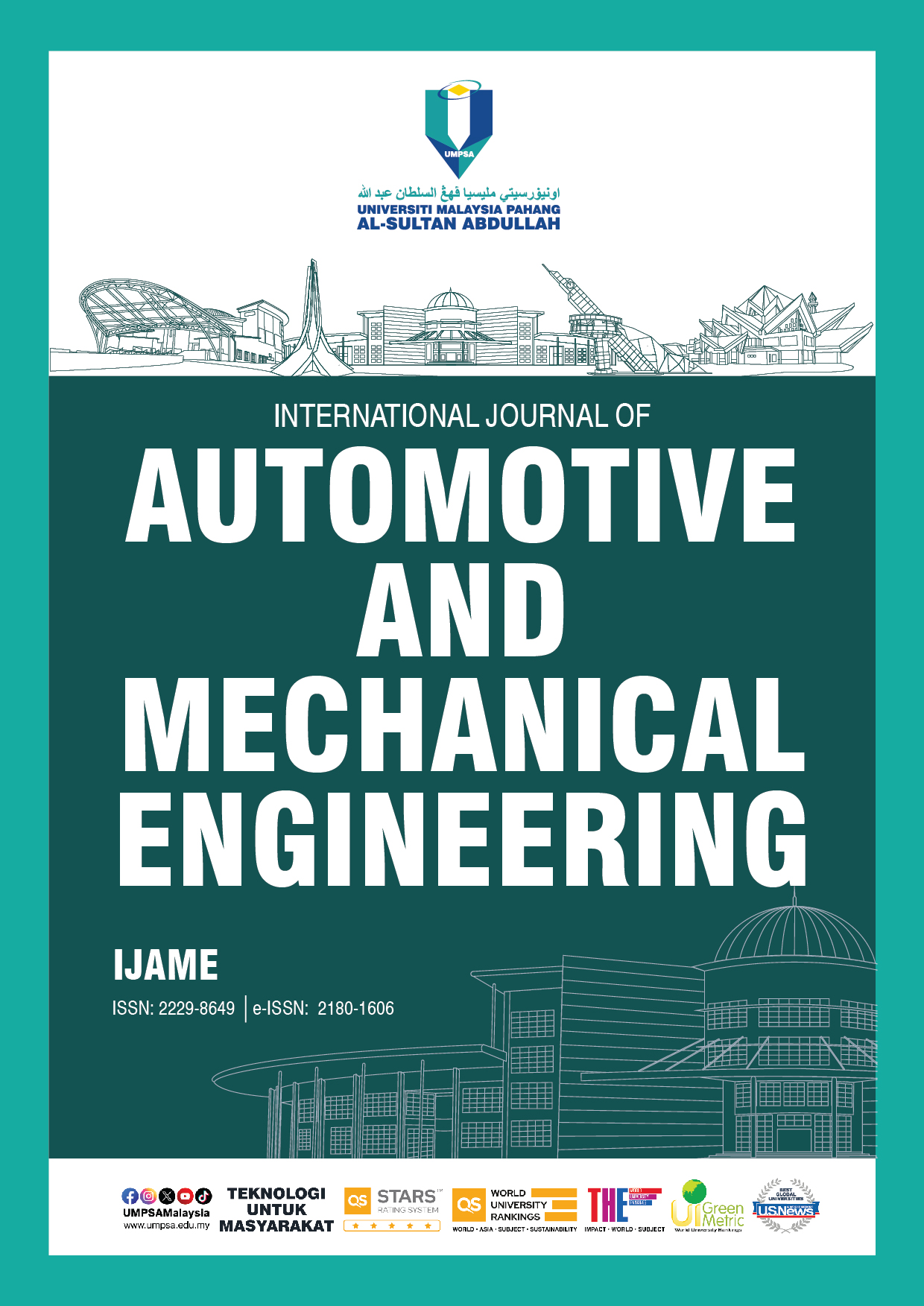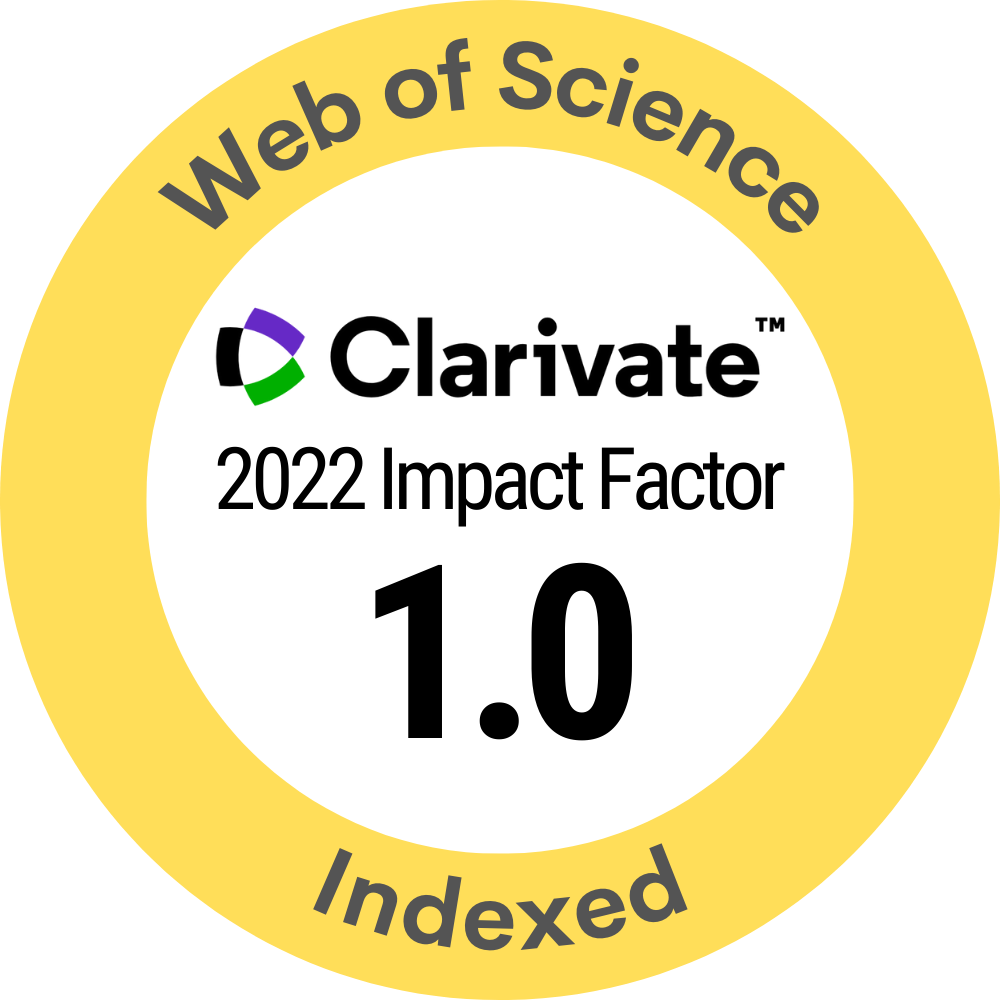Hydrogen as a Clean Fuel: Storage Technologies and Associated Thermal Challenges
DOI:
https://doi.org/10.15282/ijame.22.2.2025.20.0957Keywords:
Hydrogen storage, Metal hydride, Heat and mass transfer, NanofluidAbstract
Hydrogen has emerged as a clean, renewable, and non-toxic alternative energy carrier with the potential to support a sustainable energy future. Despite its advantages, one of the major obstacles to widespread adoption is the challenge of efficient and safe storage. This review critically examines hydrogen storage technologies—including gaseous, liquid, and solid-state methods—focusing on the thermal management issues associated with each. The study methodology involved a comprehensive review of current scientific literature, government reports, and technical papers, particularly focusing on studies addressing heat transfer limitations and enhancement techniques in hydrogen storage systems. The analysis reveals that gaseous hydrogen storage suffers from high compression heat and limited density; liquid hydrogen faces challenges related to boil-off and cryogenic insulation, while solid-state storage—though safer and denser—encounters difficulties due to low thermal conductivity and slow kinetics. Among the examined techniques, solid-state storage appears to be the most promising for practical use, especially when integrated with thermal enhancement strategies such as fins, metal foams, and expanded graphite. The review highlights the need for hybrid approaches that combine multiple heat transfer augmentation methods and identifies nanoparticle-enhanced fluids as a promising direction for future research. Overall, this work provides an integrated perspective on the thermal barriers in hydrogen storage technologies and outlines potential pathways for performance improvement, supporting ongoing research and development in this field.
Downloads
Published
Issue
Section
License
Copyright (c) 2025 The Author(s)

This work is licensed under a Creative Commons Attribution-NonCommercial 4.0 International License.







